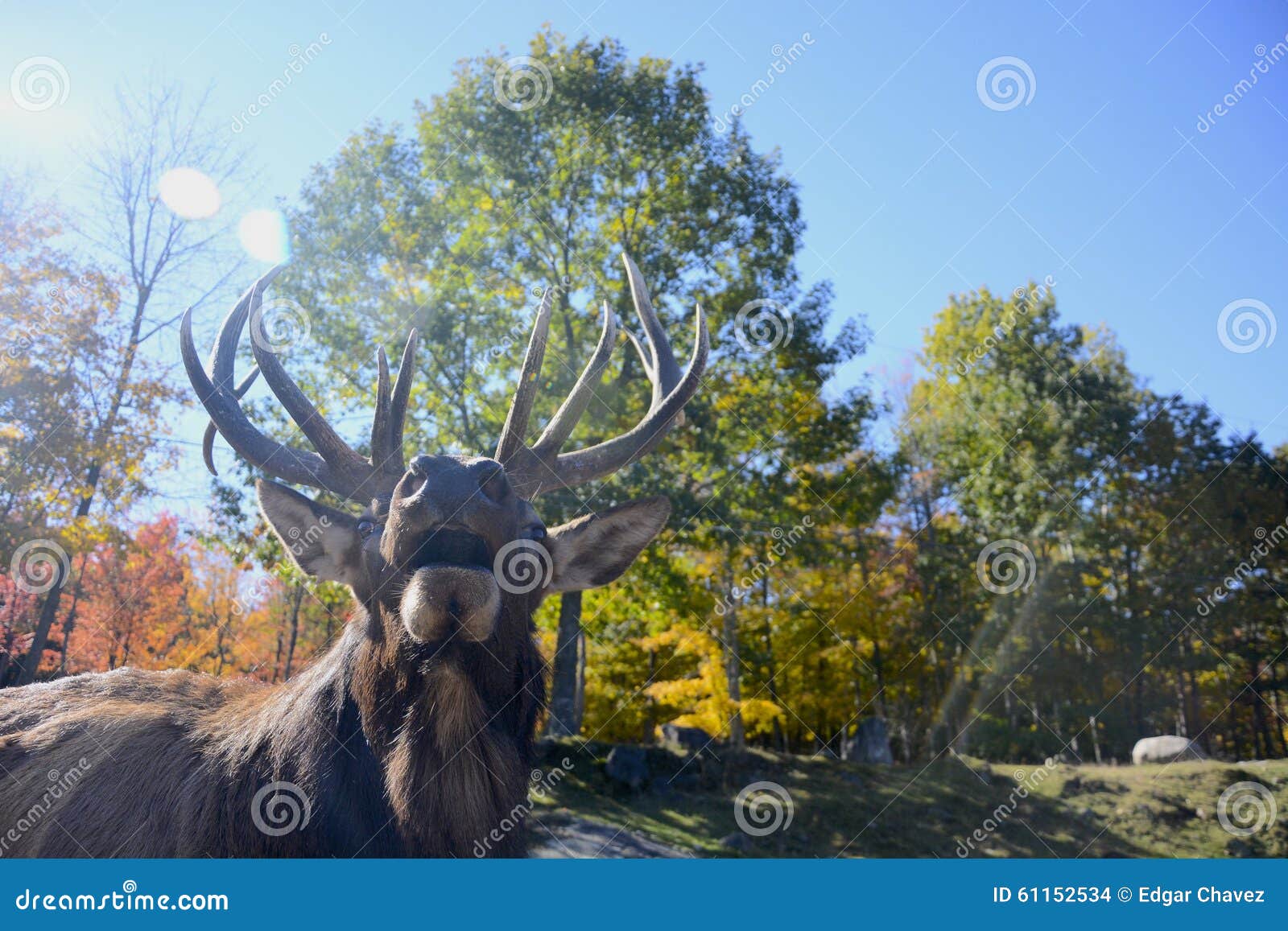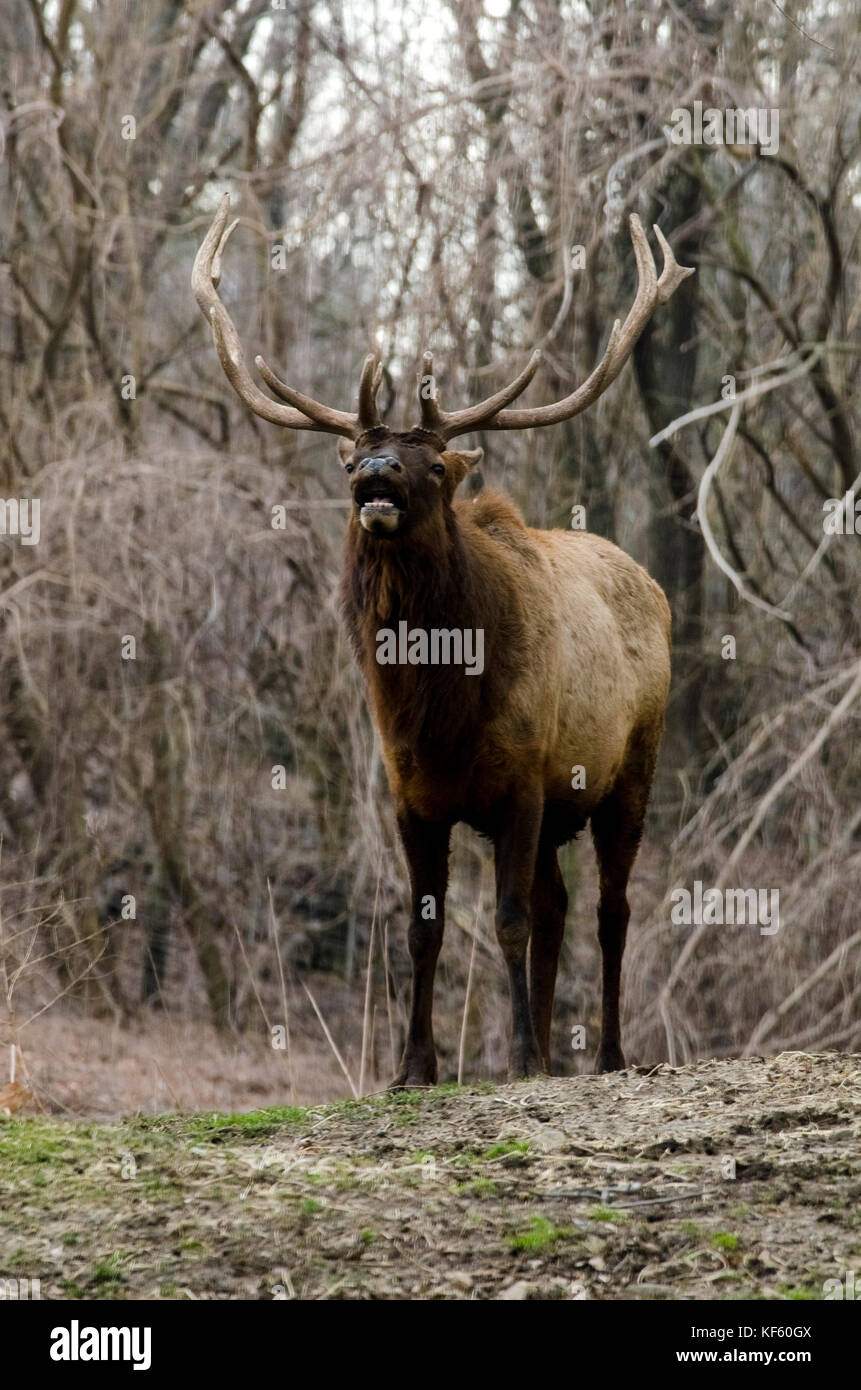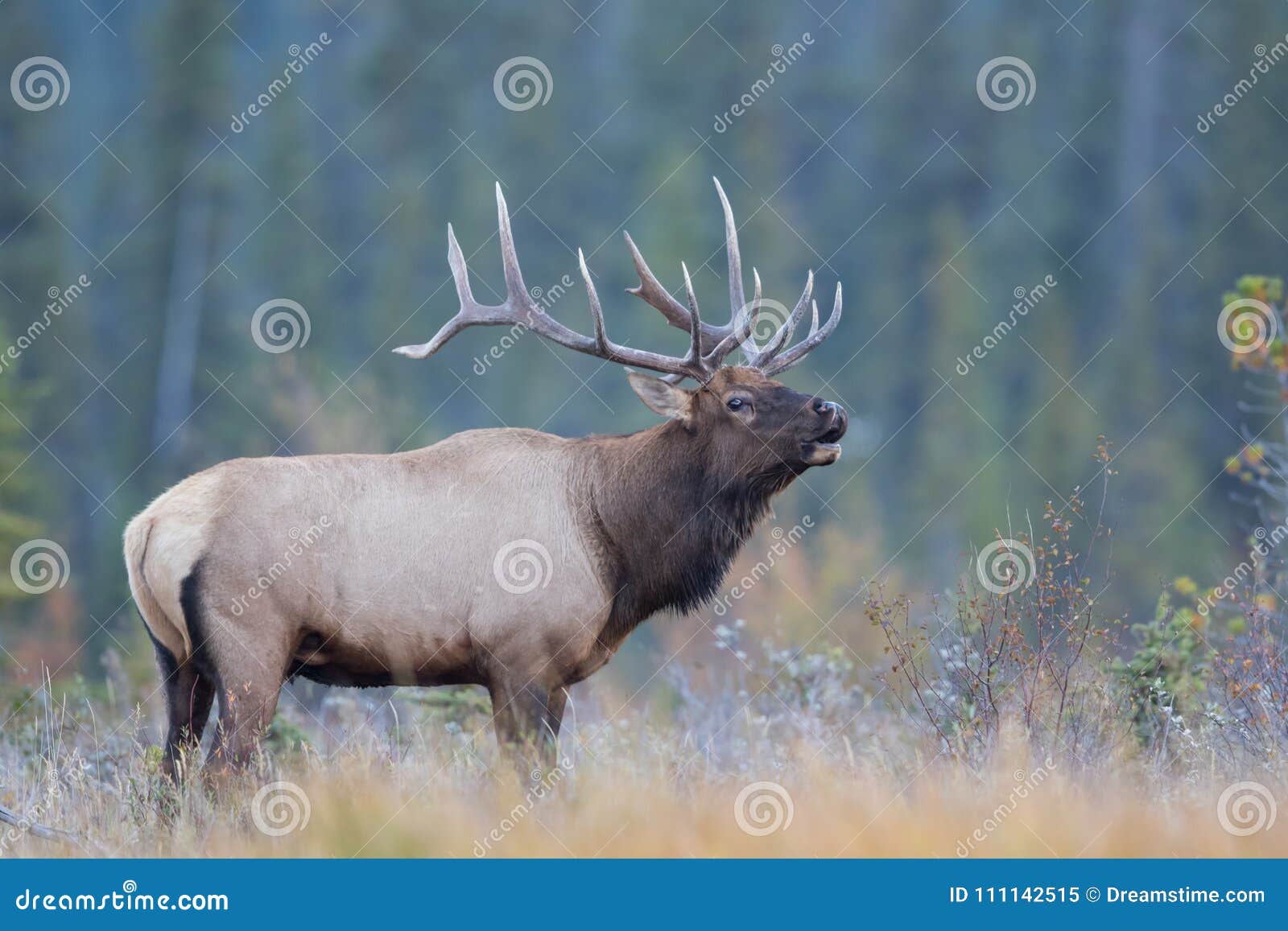

Start by investing in a high-quality elk call. Having the right equipment and wearing effective camouflage can make all the difference when calling in bull elk. Always set up your calling location downwind of the area where you expect the elk to approach, to minimize the chances of being detected. Bull elk have an incredible sense of smell and will quickly detect your scent if you’re not careful. The dense brush behind me provided excellent concealment, making it the ideal spot to set up and call in bull elk.Īnother crucial aspect of preparing your hunting area is identifying the prevailing wind direction. I once found a perfect calling location on a ridge overlooking a meadow, where I could see for hundreds of yards in all directions. Look for vantage points that offer good visibility and natural cover. When you find an area with ample elk sign, pay attention to the terrain and natural features. Spend some time before the season starts to scout your hunting area, looking for signs of elk activity like tracks, droppings, rubs, and wallows. It not only helps you locate elk, but also allows you to identify the best spots for calling and setting up ambushes. Scouting and preparing your hunting area is crucial for a successful elk hunt. Within minutes, he had closed the distance, allowing me to take the shot of a lifetime. I quickly set up my call and began mimicking the bugles and cow calls he was responding to. After several days of fruitless effort, I finally spotted him during the waning hours of daylight, bugling from a hillside across a small canyon. I once spent an entire week hunting a particularly elusive bull. For example, did you know that bull elk will often rake their antlers against trees and brush to mark their territory and intimidate rivals? The more you understand about elk behavior, the more effectively you can use your calls to convince a bull you’re the real deal.Įlk also tend to be most active during the early morning and late afternoon hours. Take the time to learn the subtle nuances of elk behavior. This is the best time to employ your calling strategies to attract a dominant bull. Bulls are most active and vocal during the rut, which typically occurs between mid-September and mid-October. When it comes to calling in bull elk, understanding their behavior and movement patterns is key. Understand Elk Behavior and Movement Patterns Pay attention to the sounds real elk make, and try to mimic them as closely as possible. To improve your elk-calling technique, practice regularly, and don’t be afraid to experiment with different calls and sequences. That day, my elk-calling skills paid off big time. When he emerged from the dense foliage, I was awestruck by his majestic, towering rack. The bull, thinking a cow and calf were nearby, came charging in, ready to claim his harem. I’ll never forget one crisp autumn morning when I successfully called in a massive bull using a combination of cow and calf calls.

Each serves a specific purpose and can be used to your advantage when trying to lure a bull elk. There are three primary elk calls: the bugle, the cow call, and the calf call. But what’s the secret to becoming an elk-calling virtuoso? I’ve got a few tricks up my sleeve to help you get there.įirst and foremost, you need to learn the different elk vocalizations.

There’s no denying it: mastering the art of elk calling is crucial to your success in calling in bull elk. Understand Elk Behavior and Movement PatternsĤ. So, grab a seat by the fire, and let’s dive right in.Ģ.
Bull elk calling trial#
These tips come from years of experience, countless hunts, and a whole lot of trial and error. Today, I’m going to share with you my top 5 expert tips for calling in bull elk. Welcome, fellow hunters! I’m so glad you’re here.


 0 kommentar(er)
0 kommentar(er)
